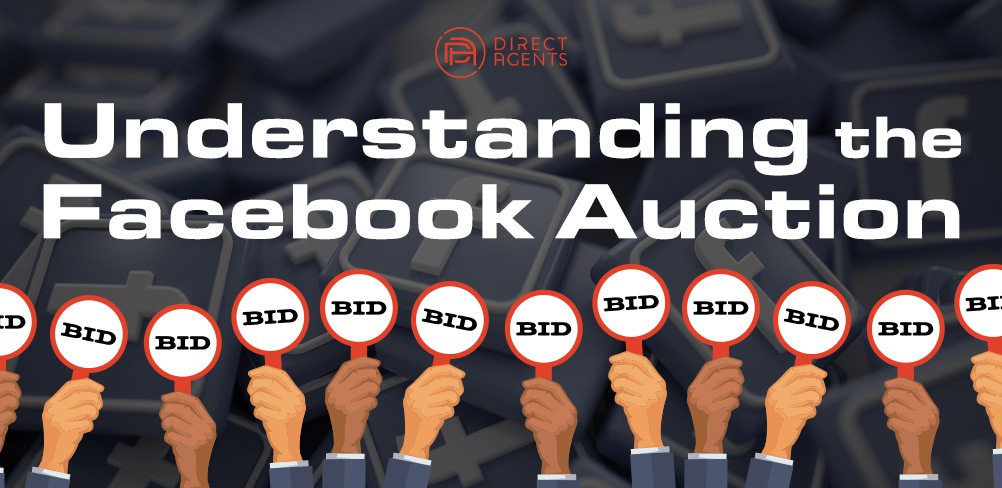Facebook delivers ads from millions of advertisers to billions of people – How does their system work to ensure that they’re connecting the right user to the right ad while maximizing value for both parties? Facebook recently released a refresher in their “Good Questions, Real Answers” series to help advertisers better understand how their ad system works.
Facebook determines which ads to showcase to users based on two factors:
- Audience Targeting: Find the brand’s target consumer through
- Interest and Behavioral Targeting
- Facebook categorizes users into certain buckets based off of their profiles and platform behavior (i.e. ads a user click on, pages they engage with, demographics such as age and gender that is inputted by the user)
- Existing Customers
- Reach and inform a brand’s loyal customers about new product releases and promotions
- Site Visitors
- Convince users who have expressed interest by visiting a brand’s site but have not converted
- Lookalike Audiences
- Facebook’s sophisticated modeling allows advertisers to reach users who are similar (demographic information and interests) to a brand’s existing customers. This is based on the source audience (i.e. pixel, fans of a brand’s Page, etc) an advertiser submits to Facebook.
- Interest and Behavioral Targeting
- Auction: There are three components that impact the auction system
- Advertiser Bid: The amount an advertiser is willing to pay for a user to see an ad to complete your business objective (i.e. awareness, traffic, conversions)
- Estimated Action Rates: How likely is the user seeing your ad going to complete the advertiser’s desired outcome (i.e. complete a purchase)
- This is determined by Facebook’s machine learning and predictive algorithm to determine how likely a person will complete the advertiser’s objective (i.e. a user’s Facebook engagement and related actions by other users who have seen the ad)
- Ad Quality: How relevant a brand’s ad is to the chosen individual. The quality of an ad is determined by a user’s feedback and user experience (i.e. people hide the ad or a misleading experience from an ad to a landing page)
All of the above equals a total value that maximizes an advertiser’s value while optimizing the consumer experience.
It is important to note that ads with the highest bid aren’t always the winner. Advertisers with lower bids can often win the auction if Facebook’s system predicts that a user is more likely to respond or has a higher-quality ad. This helps new and smaller brands compete in the auction.
If you have any questions – or would like to learn more, please reach out to [email protected]
— Samantha Ha – Senior Yield Analyst at Direct Agents



